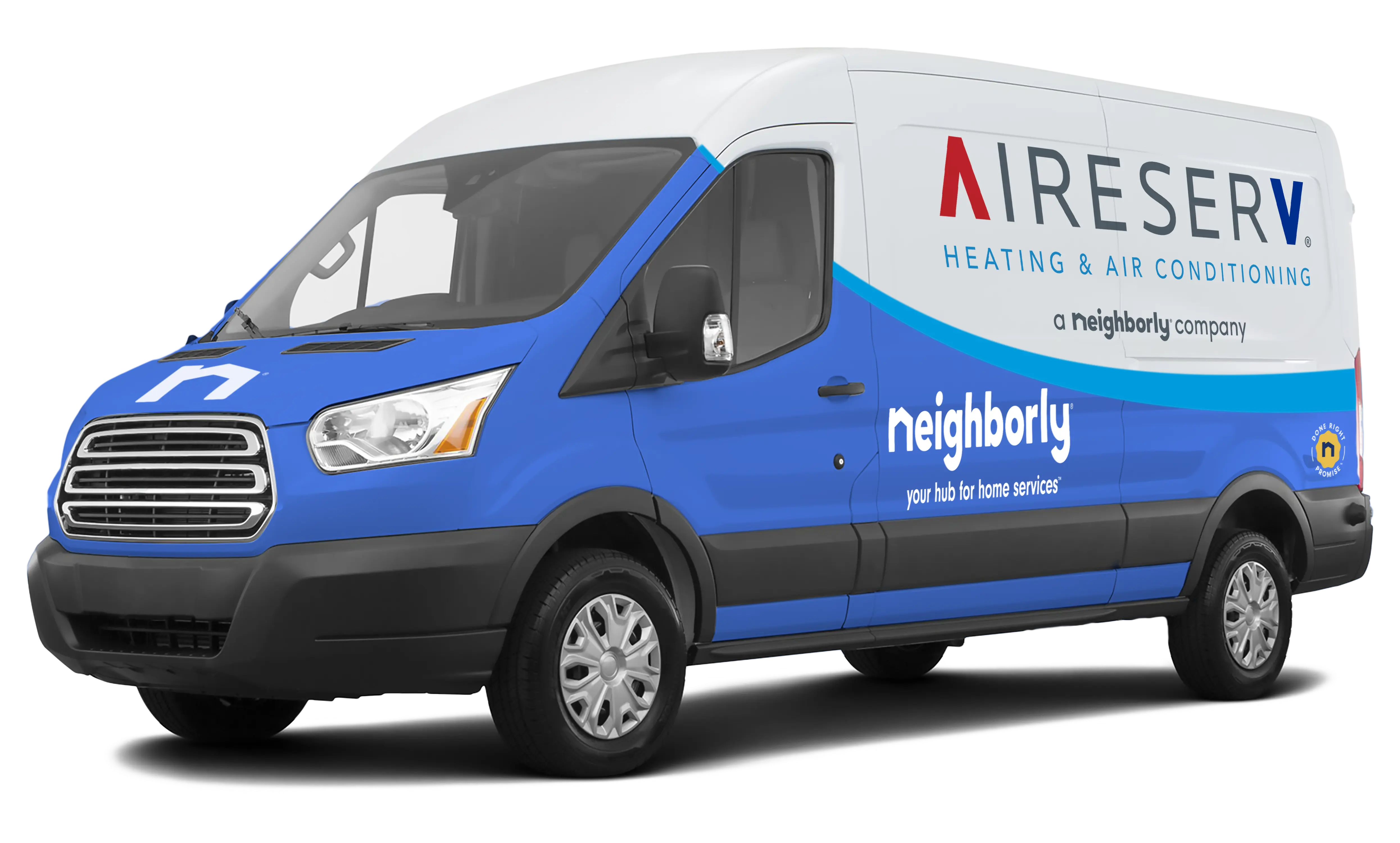AC Tonnage
Have you ever heard the term “AC Tonnage” and wondered what it means? At Aire Serv®, we understand that HVAC terminology can sometimes lead to more questions than answers. Whether or not you’re working with an HVAC professional to meet your goals, it's important to understand common heating and cooling terminology and concepts so that you can make informed decisions about your heating and cooling systems. Read on to learn the meaning of air conditioner tonnage and how to quickly estimate your own AC tonnage requirements.
What Does the Term “AC Tonnage” Mean?
In the HVAC field, a ton, or tonnage, refers to the cooling capacity of an air conditioner. Tonnage is measured in BTUs or “British Thermal Units.” (A BTU is equivalent to the amount of energy (heat) needed to raise one pound of water 1°F at sea level.) One ton of air conditioning can remove 12,000 BTUs of heat each hour.
Tonnage is most important to consumers as it can be used to determine the size of air conditioning unit you will need to adequately cool your home or business.
How Much Air Conditioner Tonnage Do I Need?
Before purchasing a new air conditioner, you'll need to calculate the amount of tonnage your unit will need to adequately cool your property. You can estimate this by using a simple calculation:
How to calculate AC tonnage
To estimate your AC tonnage needs, multiply the number of square feet you’re cooling times 25. This equals the total number of BTUs you need to adequately cool your space. Next, divide that number by 12,000 to determine the tonnage capability you need in your new air conditioning unit.
Summary of the 3 simple steps to calculate AC tonnage:
- Find the square footage of the area you want to cool.
- Multiply the number of square feet you are cooling by 25. Example: if your home has 1,500 sq. feet, you would like to cool, 1,500 multiplied by 25 would be 37,500.
- Lastly, divide that BTU number by 12,000.
This calculation will give you an estimate of your needs. There are many other factors that could impact your home air conditioner tonnage needs, including:
-
How well insulated is your home? - Homes with exceptional insulation will hold cold air more effectively and be easier, less expensive and require less tonnage to cool.
-
Your home’s existing landscaping - Homes shaded by large trees will stay cooler than homes in wide-open spaces, in turn, requiring less tonnage.
-
The architecture of your home - Typically, it's more difficult to cool the second (or third) story of a home. Ranch-style homes are usually more affordable to cool. The fewer the floors, the fewer the tonnage needed to cool a home.
What About Commercial AC Tonnage?
Commercial air conditioners are typically larger than those used in homes, but not always by a lot. A simple office or small store may not need much more cooling capacity than a large home, whereas a restaurant or manufacturer may require a much larger system.
Variables to consider for commercial AC tonnage include:
- How many people typically work in the space?
- Are customers coming in and out of the building frequently?
- Is there equipment that gives off a large amount of heat, or equipment that's sensitive to temperature fluctuations?
- Are there large service bays or loading docks that should be taken into consideration?
If you've answered “yes” to any of the above questions, you may need an air conditioner or system of air conditioners with a larger tonnage to cool your business.
Whether you're looking to better cool your home or replace an air conditioner at your place of business, an HVAC technician will be able to give you a much more accurate estimate of your AC tonnage needs.
How Many Tons Is My AC?
Residential air conditioners are available in the following:
- 1.5-ton units
- 2-ton units
- 2.5-ton units
- 3-ton units
- 3.5-ton units
- 4-ton units
- 4.5-ton units
- 5-ton units.
If you have an exceptionally large home and need a larger unit based on the calculations detailed above, you may need multiple units installed at your home. It's not uncommon to install two central air conditioners or an air conditioner and a secondary cooling source in a large home.

How to Determine AC Tonnage From Model Numbers
Did you know that you can determine AC tonnage from the model numbers on your A/C unit?
Here's how to find AC tonnage by AC model number:
- Locate your exterior AC unit.
- Beneath the brand name, you should see an M/N number or “Model Number”. The first digits in the M/N number indicate the unit type and SEER rating.
- Locate the second set of numbers within the larger M/N number (the numbers after the first dash, characters 6-8). This number indicates the BTUs/ hour of the unit. For example, 024 equals 24,000 BTUs.
- Divide the BTUs by 12,000 (one ton). This number will equal the tonnage of the AC unit. In this example, the unit is a two-ton unit (24,000 divided by 12,000 = two tons).
Breathe Easy With AC Services From Aire Serv
We can't all be HVAC experts. But at Aire Serv, we believe in providing you with the information you need to make informed decisions about your home’s HVAC systems. Our HVAC technicians will also help you breathe easier with upfront pricing information and informed HVAC recommendations. Request an appointment online or call to get started, today!
